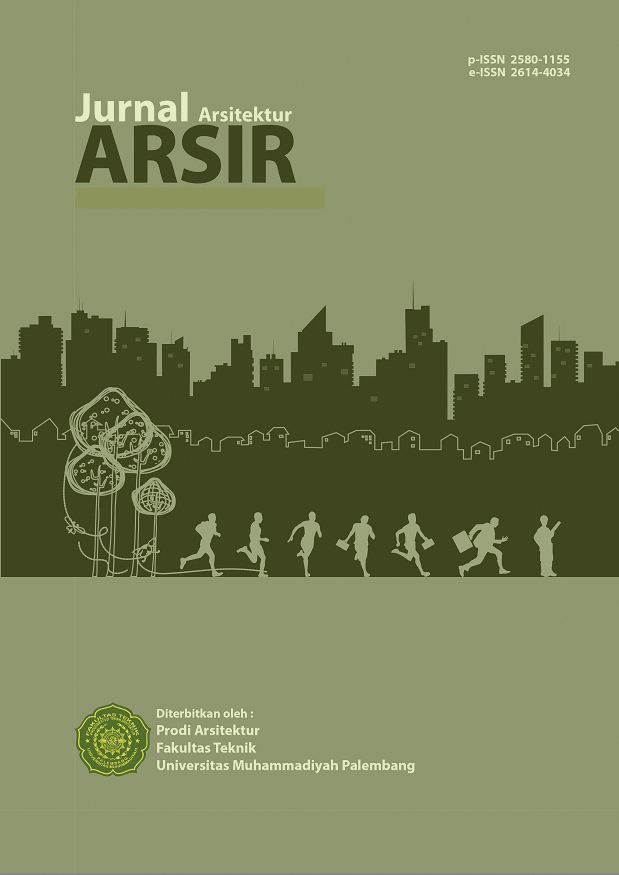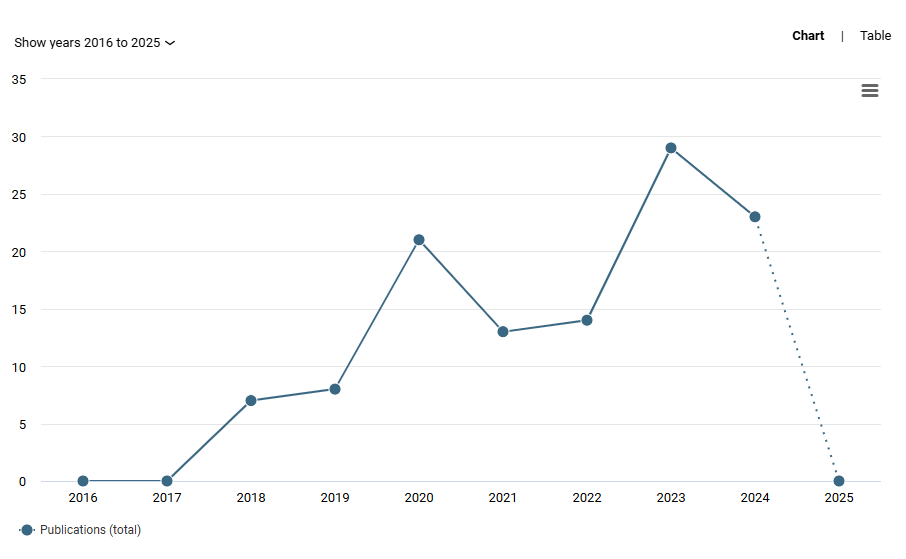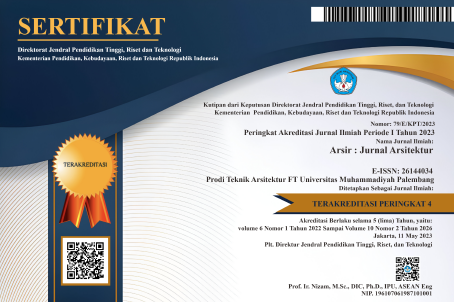Adaptive Reuse of Kotagede Museum Building as A Strategy for Preserving Kalang Houses in Yogyakarta
DOI:
https://doi.org/10.32502/arsir.v9i2.548Keywords:
adaptive reuse, kotagede museum, preservation, kalang houseAbstract
Adaptive reuse is a building transformation through a new function without eliminating its original form and historical value, and is a strategy for sustainable preservation of cultural heritage buildings. One example of sustainable heritage preservation in the Special Region of Yogyakarta is the Kotagede Museum, located in a heritage area and housed in the historic Kalang House. This study examines the implementation of adaptive reuse in Rumah Kalang, a heritage house located in the cultural heritage area of Kotagede, which now functions as the Kotagede Museum. A descriptive qualitative method with a case study approach was employed. The findings reveal that the transformation from a private residence to a museum has preserved the building's physical character, despite the addition of new structures at the rear and functional changes in some spaces. The implications of this study indicate that adaptive reuse not only maintains the continuity of historical values and revitalizes spatial function but also reinforces the identity of the Kotagede heritage area.
Downloads
Published
How to Cite
Issue
Section
License
Copyright (c) 2025 Pradnya Paramytha, Annanta Bayu Putra

This work is licensed under a Creative Commons Attribution-ShareAlike 4.0 International License.
Arsir: Jurnal Arsitektur (AJA) have CC-BY-SA or an equivalent license as the optimal license for the publication, distribution, use, and reuse of scholarly work.
Authors who publish Arsir: Jurnal Arsitektur (AJA) agree to the following terms: Authors retain copyright and grant the Arsir: Jurnal Arsitektur (AJA) right of first publication with the work simultaneously licensed under a Creative Commons Attribution License (CC BY-SA 4.0) that allows others to share (copy and redistribute the material in any medium or format) and adapt (remix, transform, and build upon the material) the work for any purpose, even commercially, with an acknowledgement of the work's authorship and initial publication in Arsir: Jurnal Arsitektur (AJA). Authors are able to enter into separate, additional contractual arrangements for the non-exclusive distribution of the journal's published version of the work (e.g., post it to an institutional repository or publish it in a book), with an acknowledgement of its initial publication in Arsir: Jurnal Arsitektur (AJA). Authors are permitted and encouraged to post their work online (e.g., in institutional repositories or on their website) prior to and during the submission process, as it can lead to productive exchanges as well as earlier and greater citation of published work (see The Effect of Open Access).
![]()
Work is distributed below This work is licensed under a Creative Commons Attribution-ShareAlike 4.0 International License.










